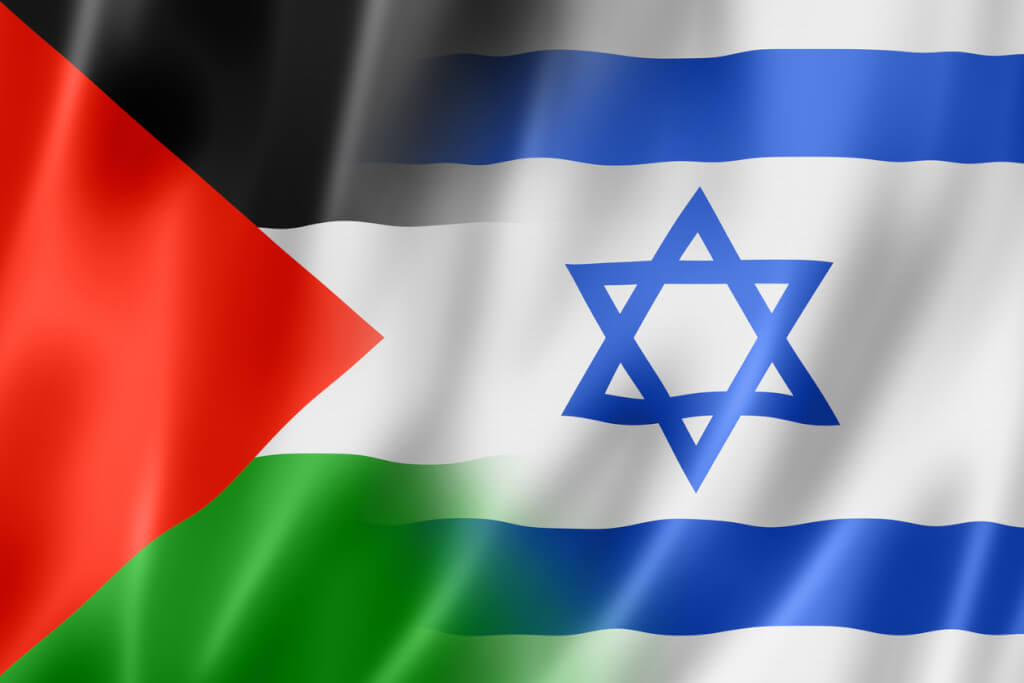Russians, Jews, Italians: how New York blended different cultures and nationalities into one melting pot
'09.01.2020'
Source: hiusa.org
New York has always been a refuge city for immigrants. There are Russian, Polish, Korean, Jewish and other enclaves that are definitely worth a visit. This will allow you to immerse yourself in various cultures, try new dishes and discover something new. The publication writes about this in detail. Hi USA.
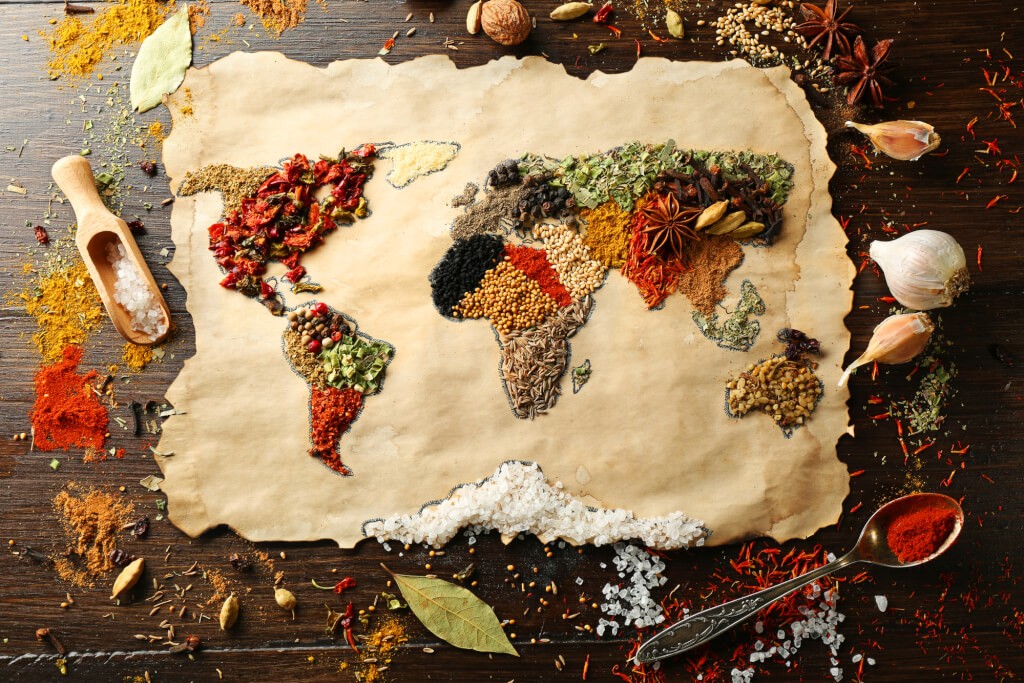
If your goal when visiting New York is to get to know what makes the city so interesting and diverse, then you really should get to know some of these ethnic enclaves, with unique dishes and cultures from around the world.
Here are some of the places that will reveal the Big Apple culture to you.
russian
Russians have been immigrating to New York since the XNUMXth century. Many of them ended up in southern Brooklyn, and the Russian and Ukrainian enclave in Brighton Beach and its environs were eventually nicknamed Little Odessa. Here you can stroll along the boardwalk and drop by for a snack in Tatiana Grill, taste good Russian dishes and enjoy views of the Atlantic Ocean.
To sample Eastern European goodies, head to Brighton Bazaar. You can walk along the photogenic blue footbridge across Ocean Avenue to nearby Sheepshead Bay, where you will find even more post-Soviet stores.
On the subject: Shine and poverty Brighton Beach: how the legendary Little Odessa lives
If you ever get tired of this whole walk, take a break and relax in the Russian Baths of Brooklyn.
Korean
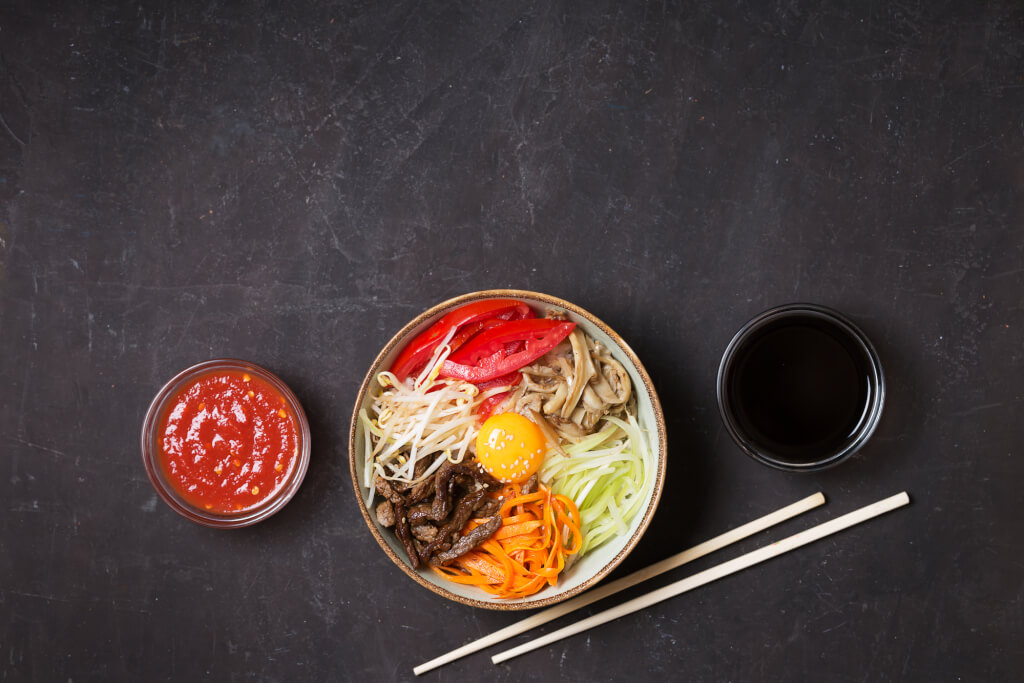
The Korean town (or K-Town) is located in downtown Manhattan. Most of it is located on 32nd Street between Broadway and 5th Avenue. But do not let this small geographical area fool you: many of its establishments are not located at street level. On the second and even seventh floors of the surrounding buildings you will find Korean restaurants, bars and lounges, which can be reached by stairs and elevators.
Most Korean barbecue clubs where you grill meat right at your table are open until very late, if not 24/7, such as miss KOREA. This means that in between shopping there is always the opportunity to eat, drink in the favorite Korean Pocha 32 pub or sing in a karaoke salon like Gagopa.
Italian
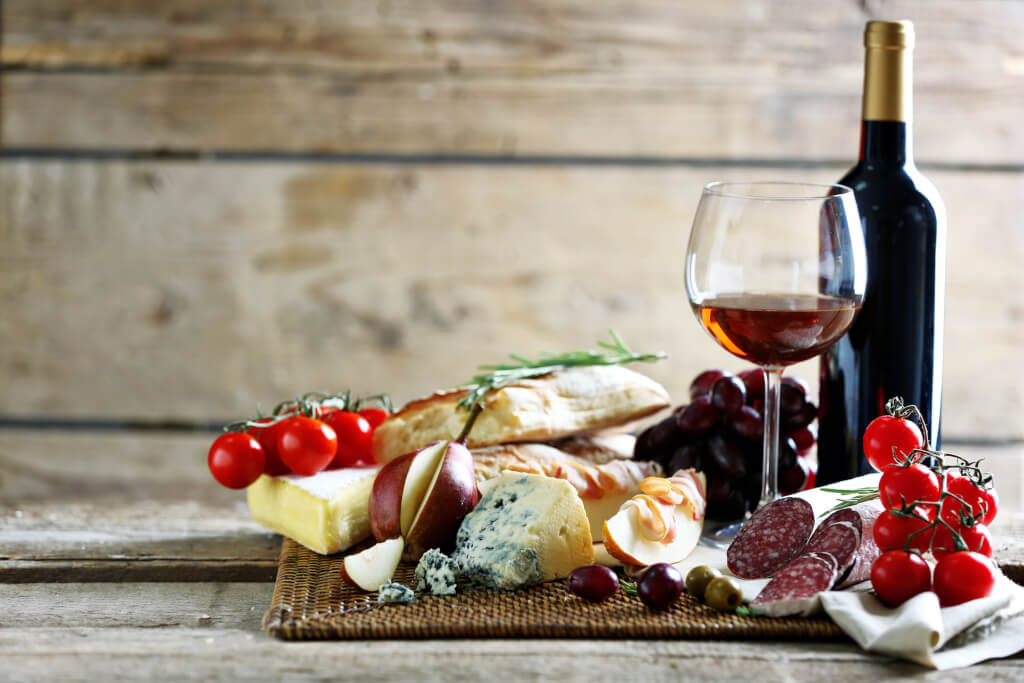
Italians have long been associated with old New York. Movies and some travel guides can take you to Little Italy in lower Manhattan, home of the San Gennaro holiday celebrated in September. However, the Italian community is much larger than it seems. In the Bensonhurst area of southern Brooklyn, you'll find L&B Spumoni Gardens, one of the best pizzerias in New York; Here they prepare square pies in the Sicilian style.
And fans of the actors De Niro and Joe Pesci know that the real Little Italy is located in the Bronx - in the Belmont area on Arthur Avenue and its surroundings. Here, Italian and Italian-American families still prepare food the old-fashioned way, from award-winning handcrafted mozzarella at Casa Della Mozzarella to bespoke cannoli at Artuso Pastry Shop to cured meat at Calabria Pork Store, home to the iconic “ sausage chandelier ".
South asian
Immigrants from the countries of the Indian subcontinent - Indians, Pakistanis, Nepalese - live in the community of Jackson Heights, Queens, affectionately nicknamed Little India. Here you will find shops such as India Sari Palace, which sell Indian clothing; numerous shops selling Bollywood films; or the bustling Indian supermarket Patel Brothers.
If you're hungry, try the award-winning Himalayan dumplings at Nepali Bhanchha Ghar or Indian cuisine at the famous Jackson Diner diner. Since 1980, the Anglo restaurant has been a culinary establishment offering dishes from northern and southern India, and even politicians and celebrities are attracted to its modest space.
Latino
It is often said that there are more Puerto Ricans in New York than in the American commonwealth where they come from. As they call themselves, Nuyoricans are obviously not the only Hispanics in New York. There is a friendly rivalry between Puerto Ricans and another large Caribbean Latin American community, the Dominicans. They live harmoniously with Mexicans, Cubans and other Hispanics in the concentrated areas of the South Bronx, Corona in Queens, Manhattan in Washington Heights and East Harlem, also known as Spanish Harlem or El Barrio.
In the uptown area, north of Washington Heights, is La Casa del Mofongo, a XNUMX-hour restaurant serving Dominican cuisine as well as Mofongo, a Puerto Rican dish with fried bananas.
If you arrive in town on the second Sunday in June, you can enjoy all the Nuyorican cuisine at the Puerto Rico Day Parade, one of the largest in New York City. Dominicans hold their own parade on the second Sunday of every August.
West indian
Non-Hispanic Caribinians, including Jamaicans, Trinidadians, Haitians and Guyanese, make up a significant part of New York's collective immigrant community, bringing their food and music culture to it. Jamaican-inspired Negril Village in Manhattan's Greenwich Village offers both in their two-tiered environment: one tier for dining in pan-Caribbean, mostly Jamaican-centric cuisine; the other is for reggae enjoyment playing in his Rhum Lounge.
In the vicinity of Queens, Ozone Park and Richmond Hill (also known as Little Guyana), where diners such as Singh's Roti Shop serve Caribbean dishes with South Asian Indian influence, and in their vicinity you can find authentic Indo-Caribbean dishes .
The experience of western India extends to many remote areas, including Flatbusch and Canersee in Brooklyn, as well as Queens Village and Jameika in Queens. But everyone gets together to go through Brooklyn's Crown Heights for a big West Indian Carnival parade. This spectacle with sumptuous costumes, dances and food can be seen every September on Labor Day.
Chinese
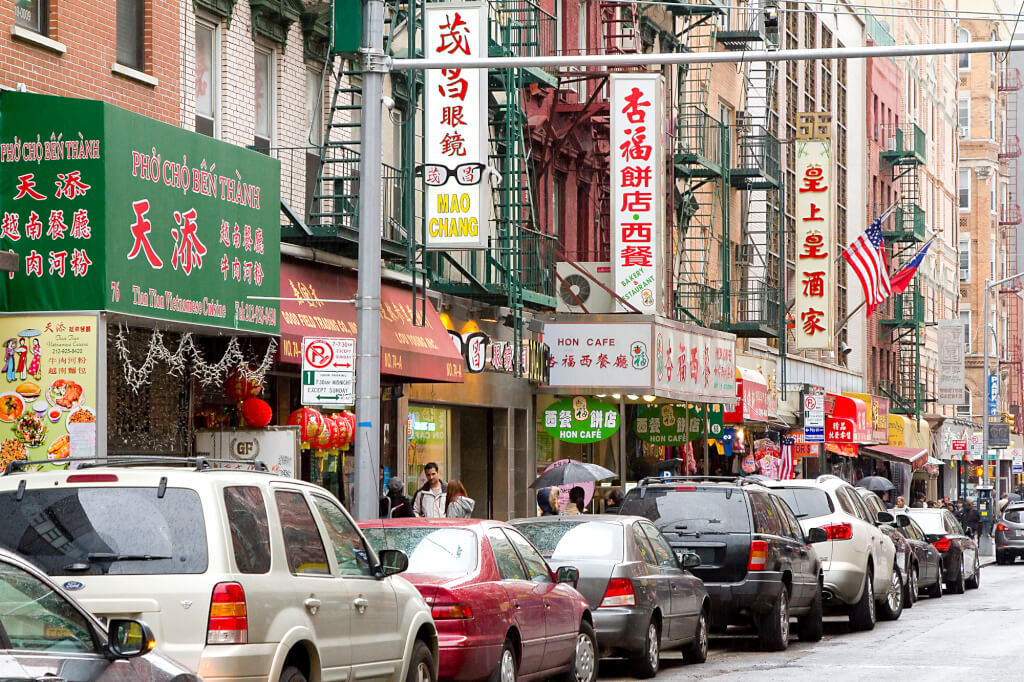
It's hard to believe, but there are more than one Chinatown in New York. The one that originally appeared is in lower Manhattan; but as the Chinese population replenished, immigrants flocked across the East River to the Sunset Park area in Brooklyn. The main attraction of Brooklyn Chinatown is the presence of many markets and shops like Xin Fa Bakery, famous for its egg cakes.
For classic Cantonese dim sums, head to the East Harbor Seafood Palace or Pacificana banquet halls. Queens' Chinatown in Flushing, where New World Mall serves regional Chinese cuisine, offers even more shopping and dining options. In addition, the Hong Kong Dragon Boat Festival is held in Flushing every August.
Polish
Greenpoint, Brooklyn's most northerly district, is home to a large Polish community. Stop at Old Poland Bakery to taste the old Polish loaf; if you want to try traditional Polish food from kelbass, stuffed cabbage and much more, then head to Krolewskie Jadlo.
While many of the former Polish banquet halls have recently been converted to hipster music venues, there is one, Warsaw, that still pays homage to its Polish roots.
filipino
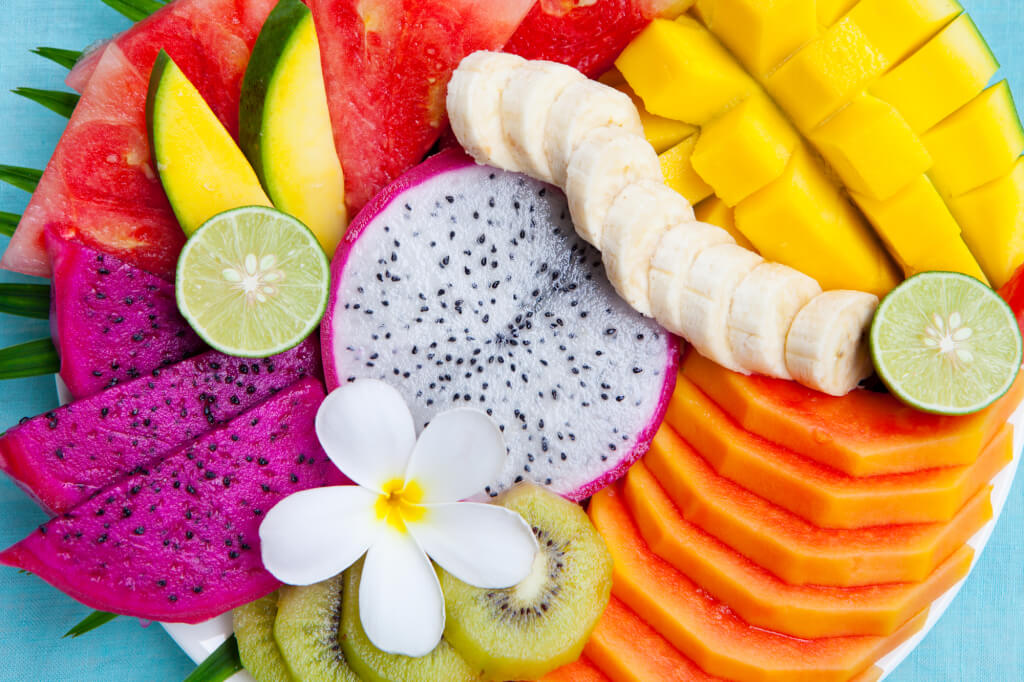
You can find a truly authentic experience in Little Manila, the Woodside enclave, Queens, home to many people from the Philippines. There is nothing more authentic Filipino than kamayan - traditional for the Philippines and many other countries of Southeast Asia, a style of food without the use of European (spoon, fork, knife) or Asian (chopsticks) cutlery, in which food is taken directly by hand.
On a hot day, there is nothing better than a traditional halo halo - a popular Filipino cold dessert. This is a mixture of crushed ice, condensed milk and various ingredients, including coconut strips, sago, gulaman (gelatin from seaweed), pinipig rice, boiled root vegetables in cubes, pieces of fruit, a bun. And all this is filled with a ball of ice cream.
You can buy it at the local Krystal restaurant chain or the Jollibee Philippine fast food chain with its iconic bee mascot on the sidewalk.
greek
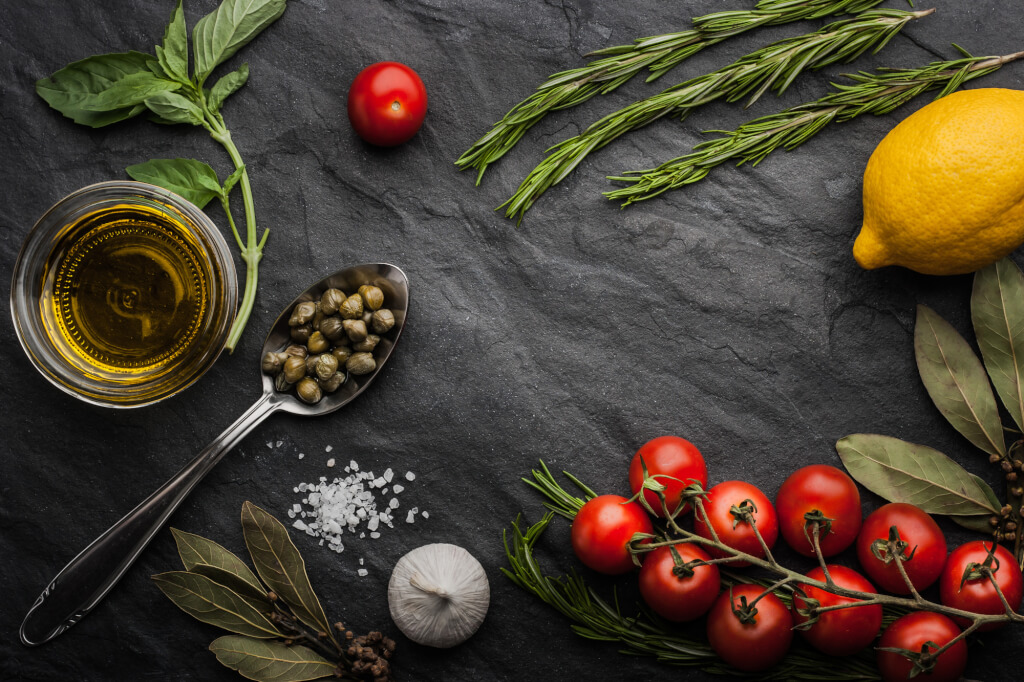
While Greek immigrants came to America from the beginning of the twentieth century, it was only in the 1960s that Astoria, Queens, became known as “Greaktown, USA” due to the large influx of people coming from the Mediterranean country.
The Greeks did a lot for this area, as evidenced by the presence of Greek Orthodox churches, such as St. Demetrius Cathedral. Every year in mid-May, a large Greek festival takes place here, at which traditional live music is played, to which its participants dance.
In the two surrounding markets, which are interesting to wander around (Titan Foods and Mediterranean Foods), various Greek products are sold. From the point of view of cooked food, not only familiar basic foods such as gyros or souvlaki are presented here; With a homeland made up of many islands, Greek cuisine in Astoria is almost synonymous with excellent seafood. Telly's and Kyclades taverns serve grilled fish and octopus, in addition to classic mainland dishes.
Jewish
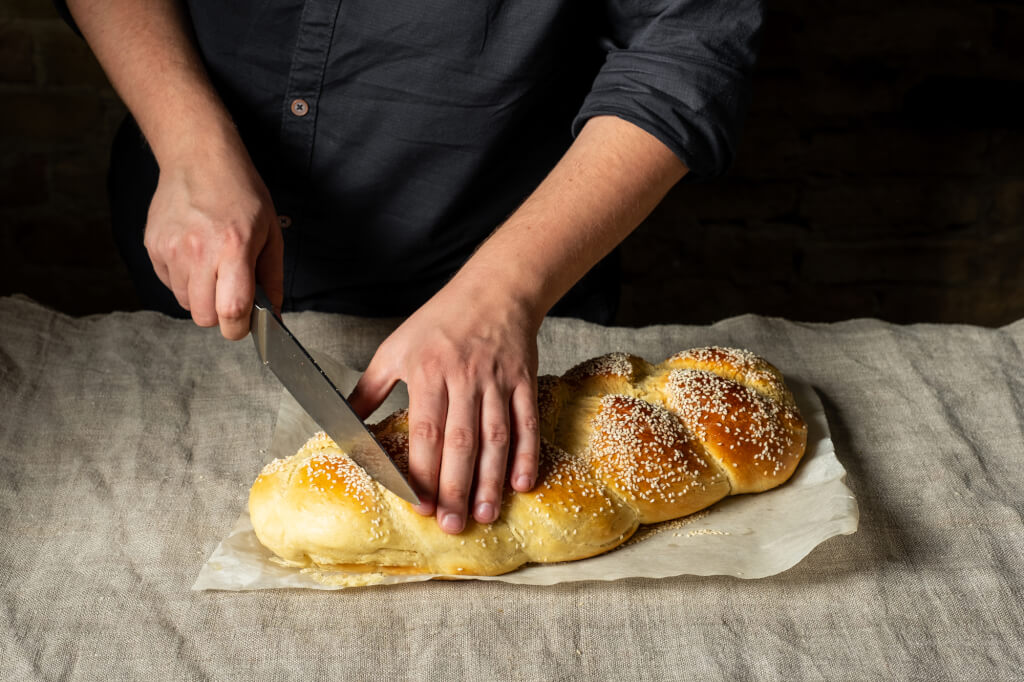
New York is home to the largest Jewish population outside of Israel. Therefore, in the city, you will find evidence of a wide variety of Jewish cultures, from Eastern European Ashkenazi Jews to Middle Eastern Israelis, with religious devotions ranging from secular to ultra-Orthodox.
A good place to get to know all this is the Jewish Museum on Manhattan's Upper East Side. Across Central Park, the Upper West Side (best known for the TV show Seinfeld) is a synagogue and Shabbat dinner area where items from Zabar, a famous film market specializing in traditional Jewish dishes such as smoked fish, challah, babka, and on the quintessential New York delicacy - the donut.
By the way, bagels are a favorite food for any New Yorker at any time. They are part of a full breakfast or brunch at Russ and Daughters Jewish culinary establishment on Manhattan's Lower East Side.
Israeli brunch is much larger than the Mediterranean and the Middle East: for those who can't miss the brunch, try shakshuka at Miss Ada in Brooklyn Fort Green or Miriam at Brooklyn Park Slope.
If you want to immerse yourself in history, head to lower Manhattan and to the Museum of Jewish Heritage, A Living Memorial to the Holocaust, the author recommends.



